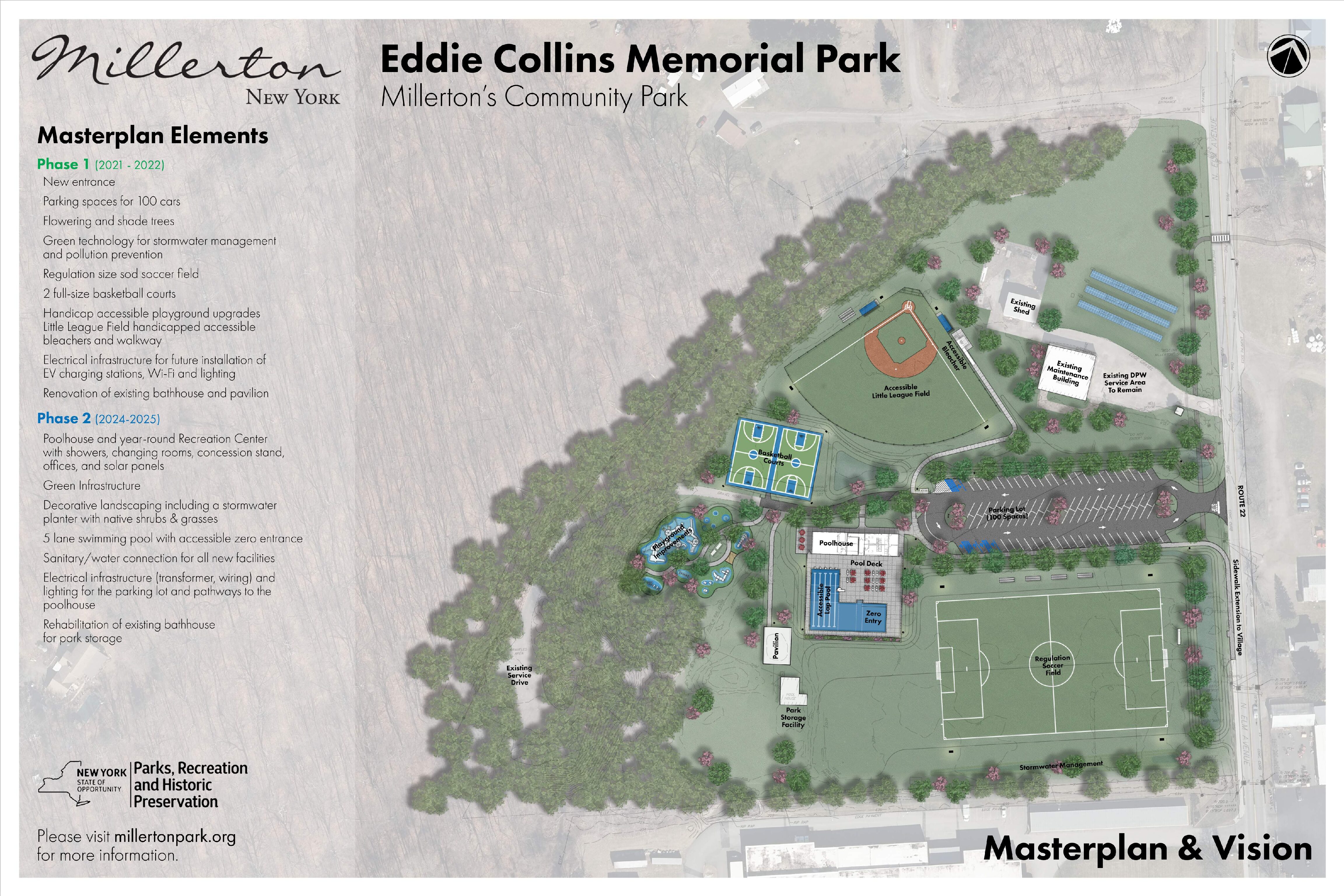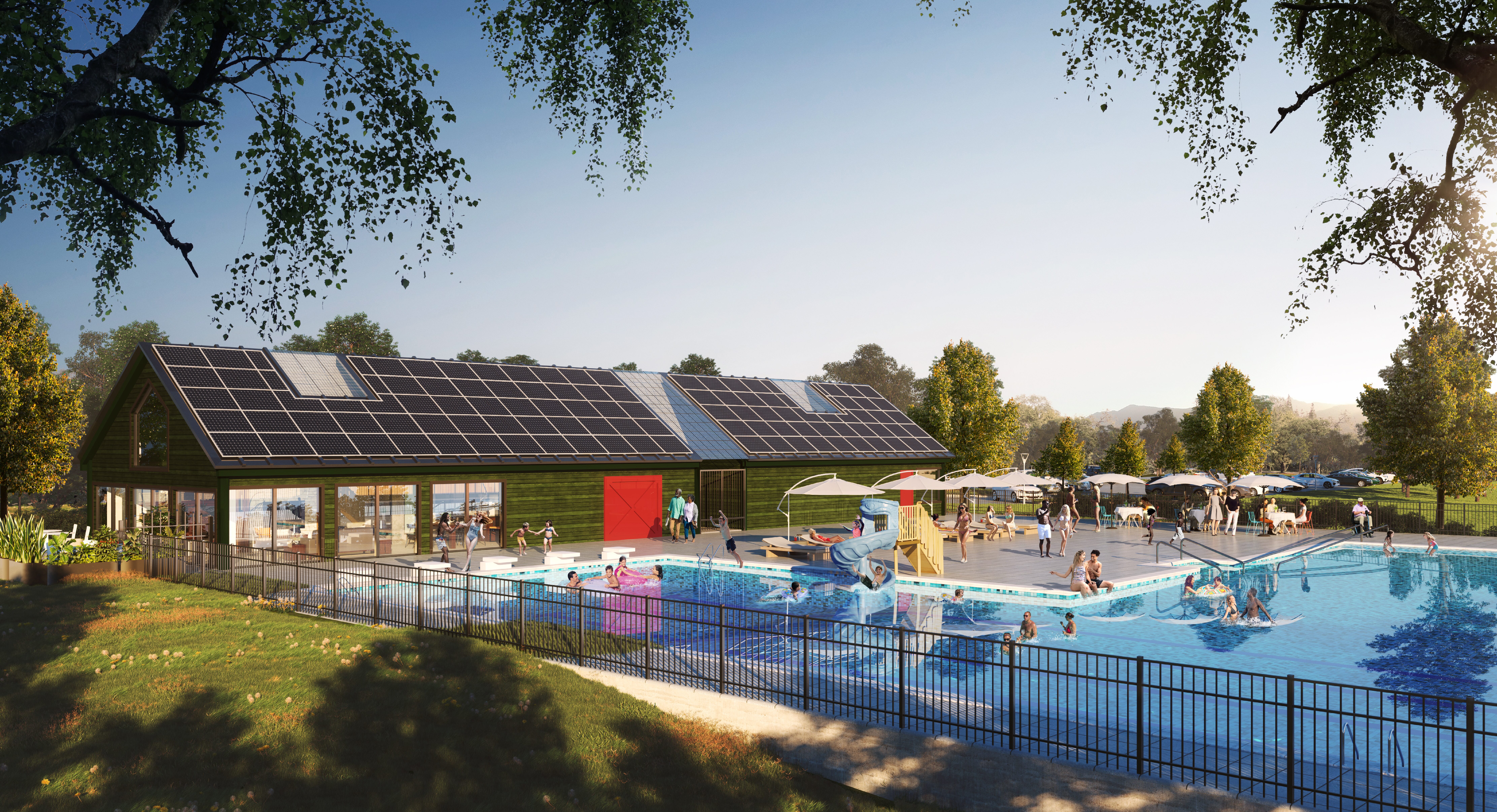COMMUNITY PROJECTS
Millerton Earth Day
The 2023 theme was “Get Your Green On”. The largest fair to date, ED2023 featured green vendors, local partners, advice on sustainability, and kitemaking for kids. Encore events extended the day with a concert, biodiversity film/Q&A, and kids craft afternoon. Click here for pictures and recap of the 2023 Earth Day Fair.

Harlem Valley Rail Trail
Healthy Communities Need Connections
Since the first section was completed in the 1990s, the Harlem Valley Rail Trail has been a boon to the area. While a New York State resource, it was started with U.S. Highway Department funds during the Clinton administration. In Dutchess County The Rail Trail is leased and maintained by the County. In Columbia County it is state-owned and maintained by the Department of Parks, Recreation, and Historic Preservation. (Much of the land, for the record, was acquired by the Harlem Valley Rail Trail Association and donated to the state.) Yet none of this really matters to the users, who come from all over. It welcomes walkers, bikers, skaters—any form of mobility as long as it is human-powered (unicycle anyone?)—from anywhere, domestic and foreign. Trail parking lots are no strangers to cars from Connecticut and Massachusetts, New Jersey and Pennsylvania.

Rendering of the Rail Trail bridge that will span Route 22, connecting Hillsdale with Copake Falls and points south.
NECC Millerton Farmers Market
Bringing Small-scale Farmers, Makers, and Bakers Together with Nutrition-minded Consumers
The Millerton Farmers Market has been operating since 2007, when the idea was proposed by Karen Kisslinger, a local acupuncturist, organic gardener, and meditation teacher who also ran a program at the North East Community Center (NECC) called “Partners for Children.” Karen, who was married to local physician Robert Dweck, had been nurturing and nourishing the community for many years. She saw the need to promote local farms and healthy food sources and she approached then Executive Director Jenny Hansell who, it turns out, had experience with Greenmarkets in NYC. Jenny added teen interns in farming and marketing to the mix. Sadly, Karen passed away in 2009, but her legacy lives on.

Eddie Collins Revamp (Millerton Memorial Field)
The Village of Millerton has embarked on an effort to revitalize Eddie Collins Memorial Park, a 17-acre recreation area just north of the Village on Route 22. The Park is a beloved community asset and has been at the heart of Town and Village life for decades but had fallen into disrepair. A complete overhaul is well underway led by former Village Trustee, Stephen Waite, and guided by a volunteer committee of Village and Town residents.
The park’s redesign embraces green technologies for its facilities and storm drainage as well as accessibility for those with physical disabilities. It now has a regulation-sized soccer field, two basketball courts, an expanded playground and historic Little League Field that will have night lighting in the future. Space is being sought for two pickle ball courts.
Phase 1 of the master plan was completed in the fall of 2022. Fundraising for Phase 2: a swimming pool and pool house is underway. To learn more about the project, visit www.millertonpark.org.
Who Was Eddie Collins?

Eddie Collins
Eddie “Cocky” Collins, a Hall of Fame ball player, considered by some the finest second baseman in baseball history, played in the majors from 1907 to 1930 for two teams, the Philadelphia Athletics and the Chicago White Sox, then coached, managed, and was a controversial general manager of the Boston Red Sox. Collins was born in Millerton May 2, 1887 and died in 1951 in Boston. In 1963, Millerton paid tribute to their hometown hero by naming the park after Collins and installing the signature brick arch that remains in place today.

Master Plan for the park.

Poolhouse.
Millerton Pollinator Garden
Native Plants Welcome Bees and Birds in Millerton Garden
The Village of Millerton is doing its part to make sure that its birds and bees have a welcome local home of their own. There’s a wonderful little garden right next to the Post Office on Century Boulevard filled with native plants birds and bees will pollinate, lay eggs on, and gain sustenance from their nectar, insects, and other delectables. Stop by and take a close look.
Aside from beautiful flowers, pay attention to the insects buzzing around and other creatures who are visiting. Maybe you’ll see Monarch butterfly caterpillars nibbling on Milkwood leaves, or a Ruby-throated Hummingbird probing blossoms for nectar.
Many thanks to the North East/Millerton Conservation Advisory Commission, and to all of the donors of materials and time, for this wonderful addition to the biodiversity of our community!

HELEN BALDWIN
HELEN BALDWIN
Monarch catepillar enjoying the milkweed last fall.

Examples of four bee natives, clockwise from top left: bumblebee, seat, miner, and mason and leaf-cutter.